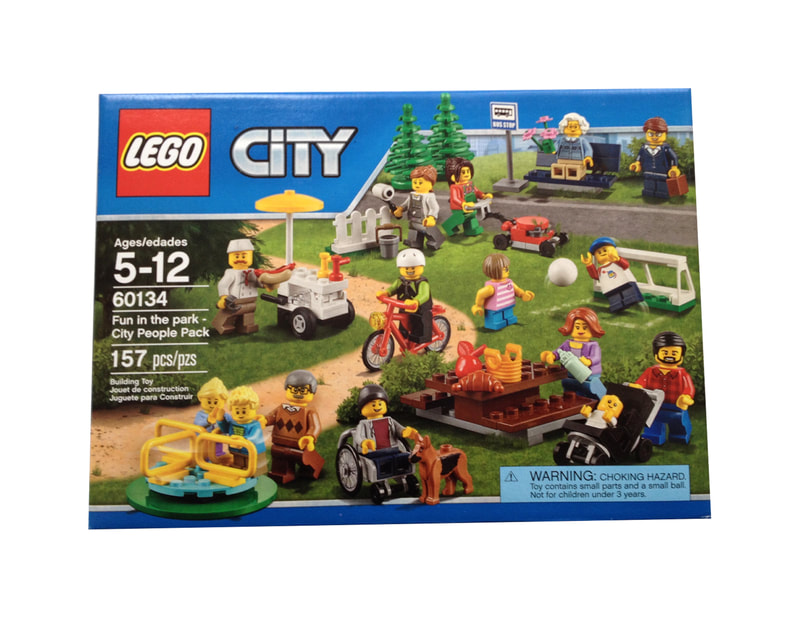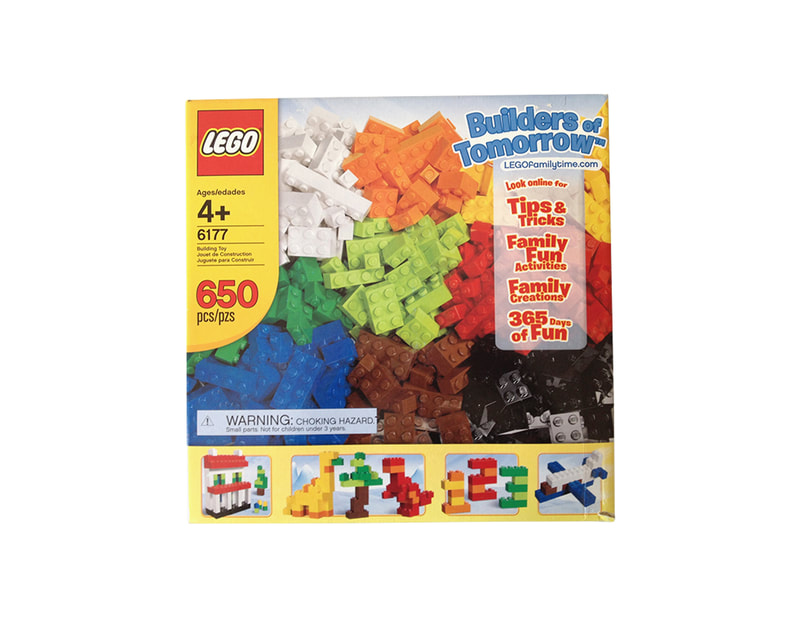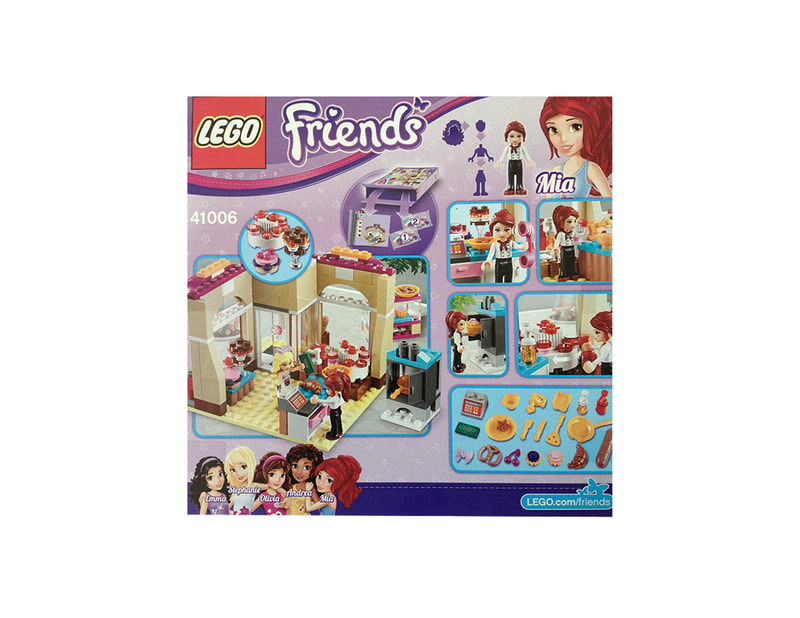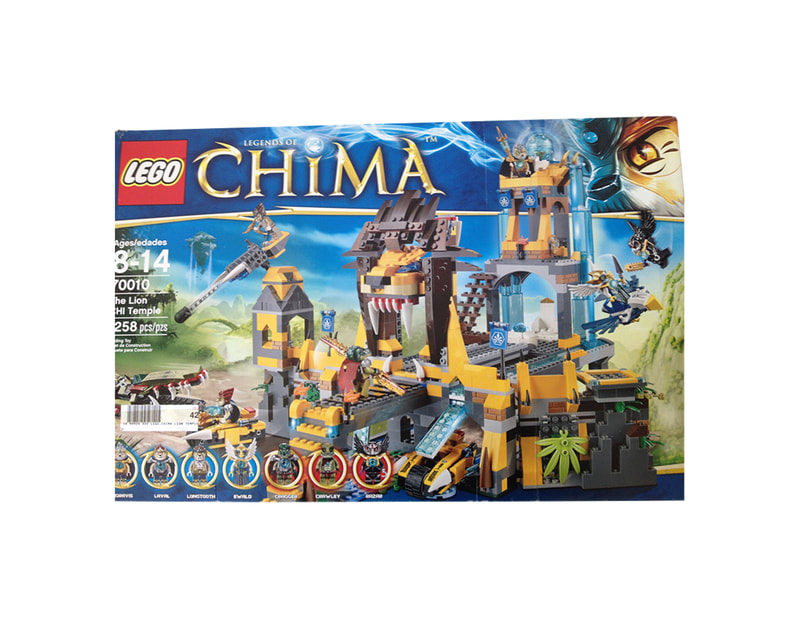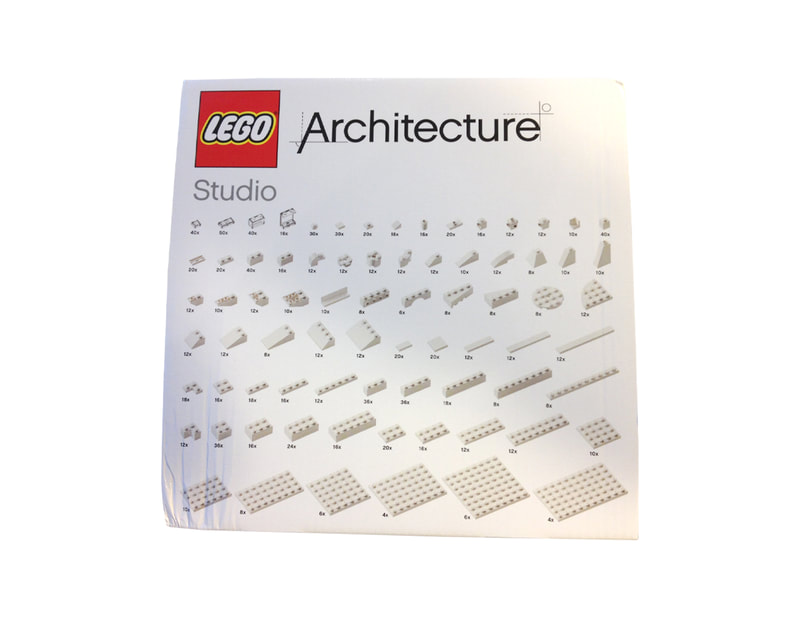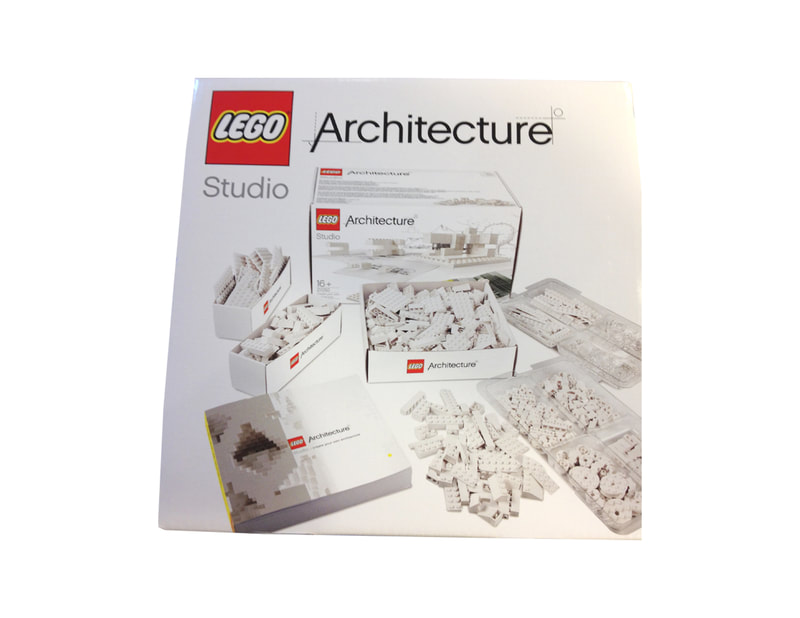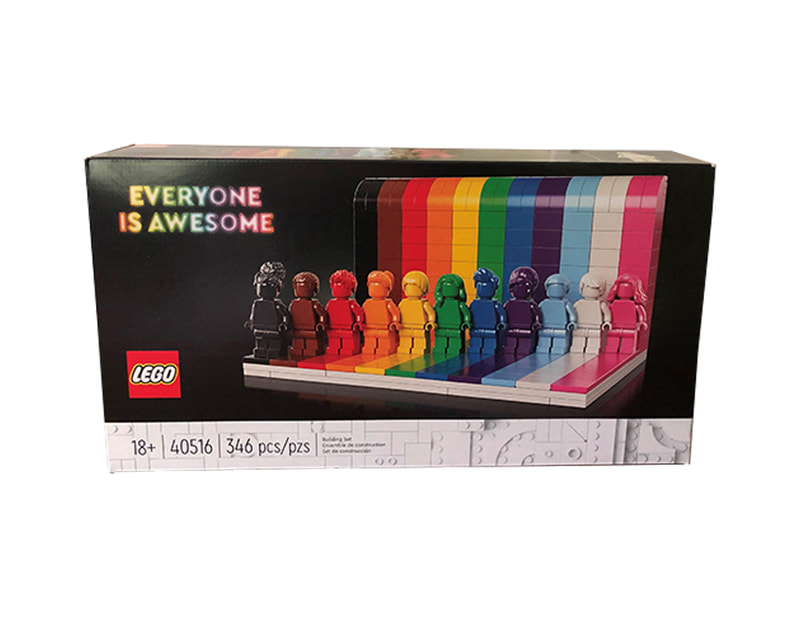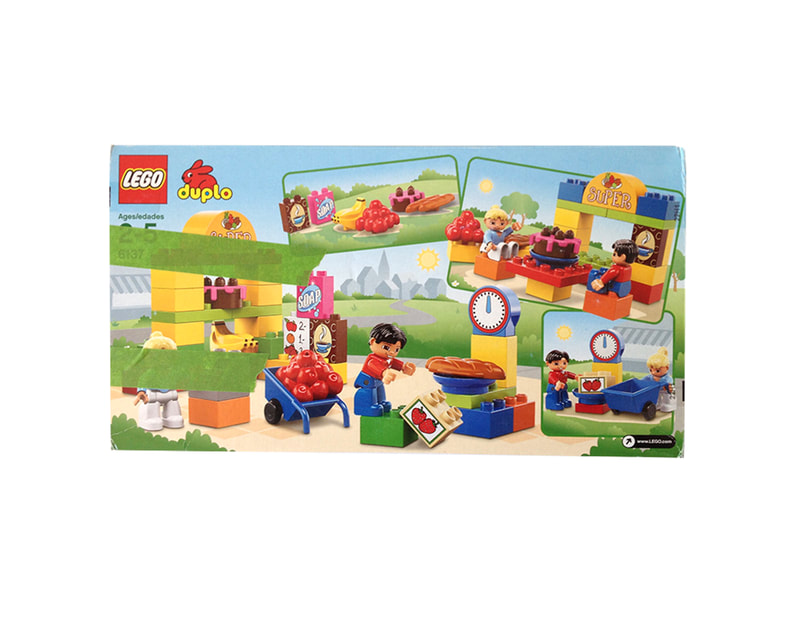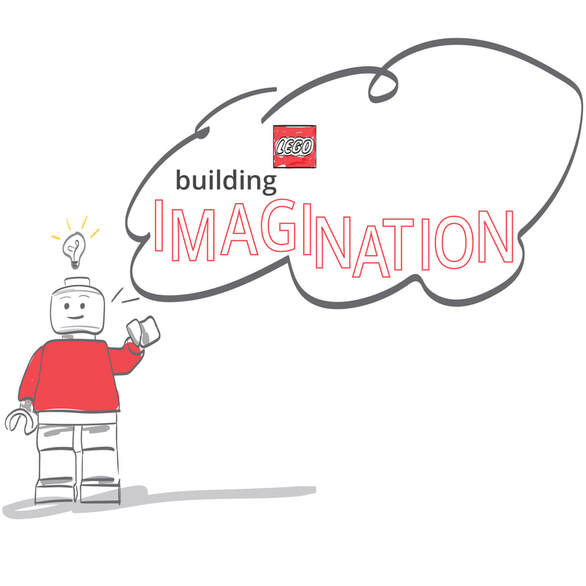
Stacking Up...
LEGO comes from the Danish leg godt, meaning “play well"
Minifigs, first in introduced in 1978, could populate their own small plastic planet with numbers over 4.4 billion (as of 2013)
LEGO produces more than 3 million tires (albeit, tiny size) a year – more than both Goodyear and Bridgstone
100 000 LEGO pieces are made every minute
LEGO comes from the Danish leg godt, meaning “play well"
Minifigs, first in introduced in 1978, could populate their own small plastic planet with numbers over 4.4 billion (as of 2013)
LEGO produces more than 3 million tires (albeit, tiny size) a year – more than both Goodyear and Bridgstone
100 000 LEGO pieces are made every minute
|
EVEN IF YOU DIDN'T GROW UP PLAYING WITH LEGO, chances are it click-snapped its way into your life at some point. Perhaps your kids or your partner have garnered a large and sometimes cumbersome collection of fully constructed LEGO Star Wars battleships, or maybe a small-scale Hogwarts – complete with Professor McGonagall maintaining order in mini-fig form – currently eclipses your dining room table. It’s likely that you or someone you know identifies as a LEGO Parent. (Children Not Required. ) is an emotional, rather than legal, status. Whatever your relationship to these colourful and charming little bricks, LEGO’s prominence in the collective childhood of our time is undeniable. What you may not know is that LEGO barely made it into the 21st century, and that its salvation came in the form of tiny plastic Wookies (and Ewoks, and R2-D2s…you get it).
LEGO was founded in 1932 by Dane Ole Kirk Christiansen in his hometown of Billund, Denmark. The company began with wooden toys, with the first iteration of what we know as LEGO appearing in 1946. From its conception, LEGO’s mission was “to inspire and develop the builders of tomorrow" (Robertson, 2013), a sentiment which, in the minds of company leaders, should never include war as play (Robertson, 2013). This only seems to become increasingly difficult to uphold at the surprising intersection of those who love LEGO and those who make, own, or are generally enthusiastic about guns; see here and here. As the company faced bankruptcy in the 90s, the introduction of the first licensed franchise LEGO set, LEGO Star Wars – alongside the release of Star Wars: Episode 1: The Phantom Menace - offered a chance at salvation. Despite considerable controversy, LEGO Star Wars became a major success and left the company unable to deny the importance of prioritizing storytelling in play (Roberston, 2013). LEGO Harry Potter, Batman and Bionicle were soon to follow, transforming LEGO from strictly insular in-house design to the pop culture and media melting pot that we know today. LEGO later pulled back the curtains even further by inviting fan designs. Following the popularity of fan creation sites such as Brickshelf.com, Bricklink.com, and MOCpages, LEGO licensed and sold fan-designed kits, including a LEGO version of the Mars Curiosity Rover (designed by Stephen Pakbaz, a NASA mechanical engineer who worked on the actual Curiosity Rover!). The LEGO Architect series began this way as well, created by LEGO fan and architect Adam Reed Tucker, whose recreations of famous buildings around the world were noticed by LEGO executive Paal Smith-Meyer at LEGO fan convention BrickFest in 2006. A year later, Tucker had generated his own kit, including packaging design, an instruction booklet with information on the building’s architect and history, and set of bricks. In 2007, LEGO Architecture was officially born, with Tucker onboard as a LEGO Certified Professional. Similar stories can be found among other LEGO Certified Professionals, including artists Nathan Sawaya, who crafts sculptures and recreates famous paintings from the brick, and Wei Wei Shannon Gluckman, founder of PlayableDesign, a company bridging art and education through LEGO bricks. Nowadays, LEGO truly has mastered the art of having something for everyone. You can build LEGO versions of your favourite high-end sneakers or the Friends apartment, celebrate a Pride month-inspired set, or appreciate LEGO Braille bricks, and you can listen to LEGO’s three and a half hour ASMR playlist – featuring the soothing familiar sounds of a giant bin of LEGO being dumped out on carpet – while doing so. |
|
- Nadine Lowden, July 2021
|
|
References & Sources
Robertson, David C., & Breen, Bill. (2013). Brick by Brick: How Lego Rewrote the Rule of Innovation and Conquered the Global Toy Industry. Crown Business. Rey Lee, Johnathan. (2020). Deconstructing LEGO: The Mediums and Messages of LEGO Play. Palgrave Macmillan. |
